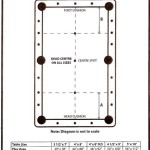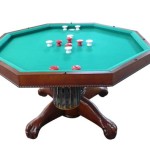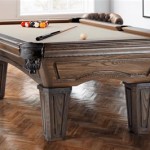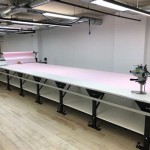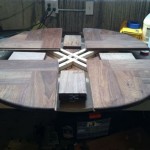Essential Aspects of Table Skirting Designs and Procedures in SAP
Table skirting plays a crucial role in defining the layout and aesthetics of a SAP system. It offers flexibility to modify table presentations, making it an essential design aspect. This article explores the key considerations, best practices, and procedures for table skirting in SAP.
Planning and Considerations
Before designing a table skirting, it is important to consider the following:
* Purpose: Determine the primary function of the table skirting, whether it's to improve readability, group data, or enhance visual appeal. * Data Structure: Analyze the structure of the table, including column widths, row heights, and any levels of grouping or hierarchies. * User Experience: Consider how the skirting will impact the user experience, such as ease of navigation and data comprehension.Design Principles
Effective table skirting designs adhere to the following principles:
* Clarity: Use colors and patterns sparingly to avoid distracting from the table data. * Consistency: Maintain a consistent style throughout the table to enhance readability. * Visual Hierarchy: Use different colors and styles to differentiate between sections and levels of importance. * Grouping: Group related data together to improve comprehension and organization.Skirting Procedures in SAP
In SAP, table skirting can be implemented using the following steps:
1. Activate Skirting: In the table layout configuration, select the "Activate Skirting" checkbox. 2. Define Skirting Styles: Create different skirting styles using the "Table Skirting" option in the layout settings. 3. Assign Skirting Styles: Map the skirting styles to specific rows or columns based on predefined conditions. 4. Preview and Adjust: Preview the table skirting to ensure it meets the desired design and functionality. Make necessary adjustments as needed.Best Practices
For optimal results, follow these best practices:
* Use a maximum of three different skirting styles to maintain clarity. * Limit the use of alternating row colors to avoid visual clutter. * Avoid using bright or contrasting colors that can strain the user's eyes. * Consider the accessibility requirements when choosing colors and patterns. * Test and refine the skirting design to ensure it enhances usability.Conclusion
Table skirting in SAP is a valuable tool that can significantly improve the presentation and usability of data. By understanding the essential aspects, following design principles, and implementing the appropriate procedures, you can create effective table skirting that enhances the user experience and provides a visually appealing and informative interface.

Table Skirting Full Tutorial

Box Pleats Table Skirting Basic

Scallop Design 2 Tutorial Table Skirting Ideas For Beginners

Elegant Table Skirting Design Tableskirting

10 Simple Table Skirting Styles For Beginners Basic

10 Simple Table Skirting Styles For Beginners Basic

Basic Table Skirting Tutorial

Diy 24 Elegant Cloth Decoration Table Skirting Easy Design Thai Style Thailand Story Life

Knife Pleats Design Table Skirting Tutorial Tableskirting

Box Pleats Design Table Skirting Tutorial
Related Posts

